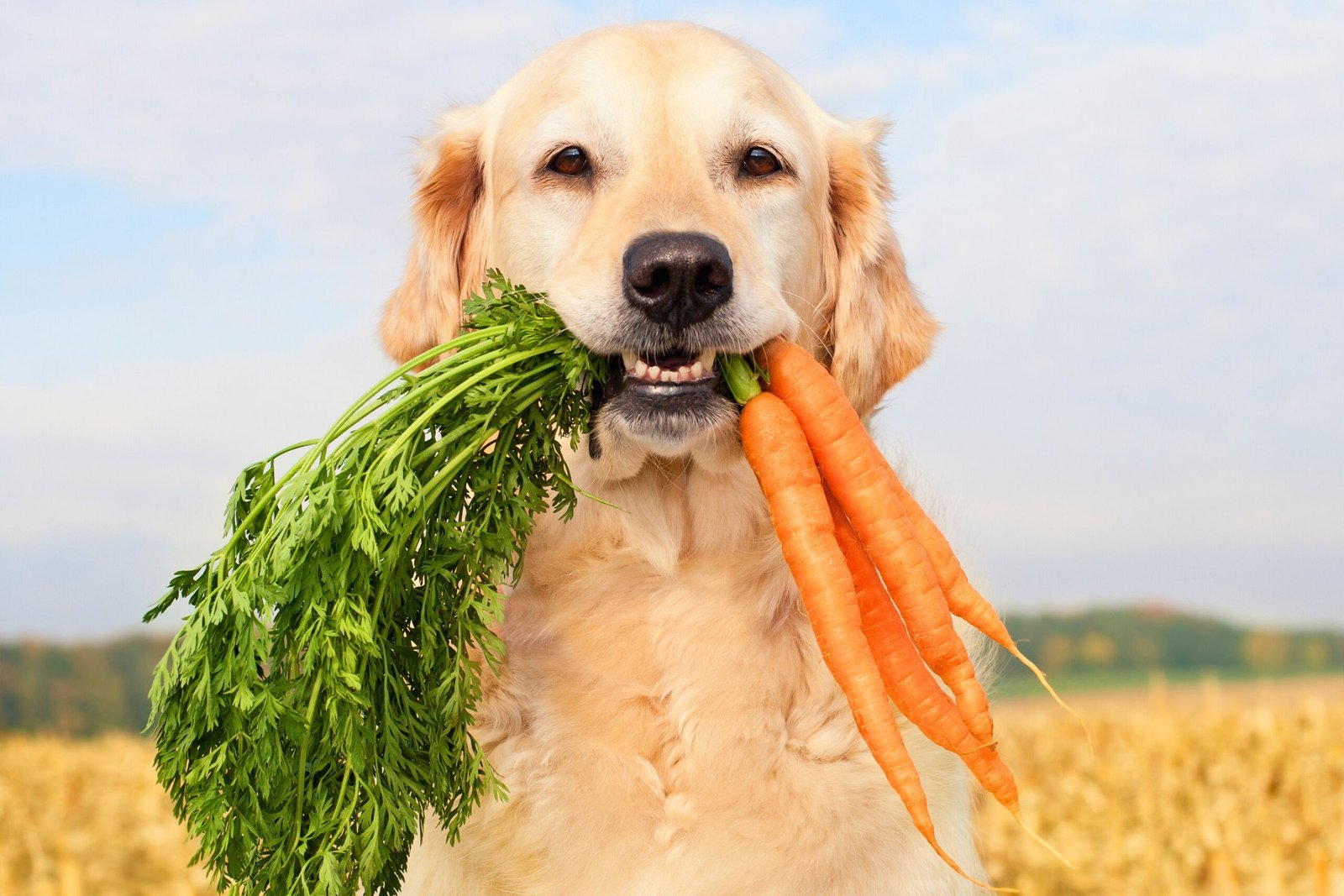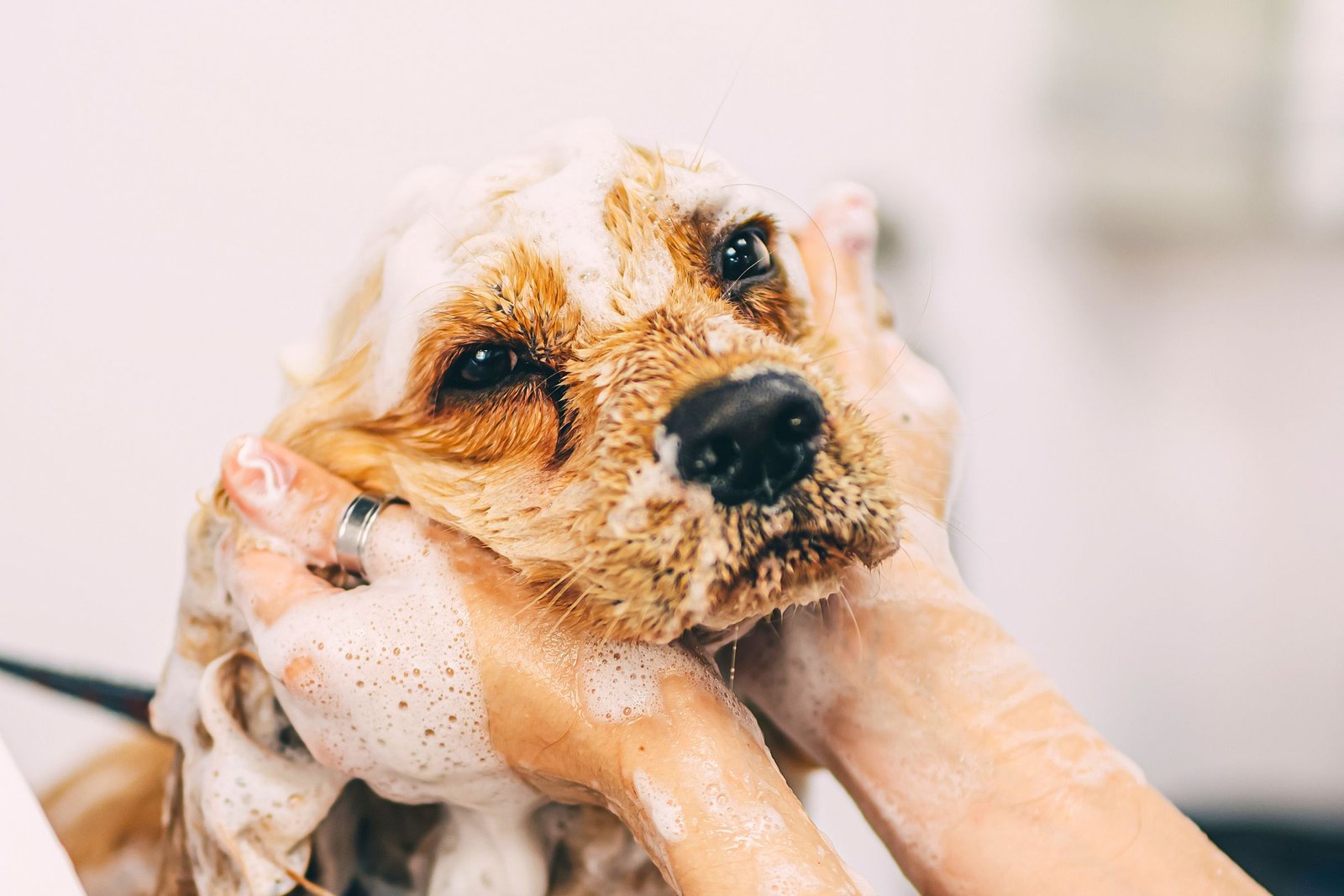In the kaleidoscope of potential pets, the allure of sharing your home with a large, brilliantly feathered parrot, such as a Jaco or an Ara, paints a vivid picture of avian companionship. The thought of vibrant plumage, melodic chirps, and the bond forged with these intelligent creatures can be irresistibly captivating. However, before you embark on the journey of welcoming a majestic Macaw or charming Cockatoo into your life, it’s essential to unfurl the wings of knowledge and explore the intricacies involved in their care.
This guide delves into the heart of considerations every prospective parrot owner should weigh – from the initial cost outlay to the daily responsibilities, and the profound commitment these remarkable birds demand. As we navigate through the vibrant world of large parrots, including popular species like Jaco and Ara, we will unravel the tapestry of pet ownership, answering crucial questions that can determine whether the fluttering companionship is a flight of fancy or a lifelong commitment. So, perch yourself comfortably as we explore the fascinating realm of feathered friends or fowl folly in the world of large parrots.
Cost Considerations

Delving deeper into the financial commitment of owning a large parrot unveils a multifaceted landscape that extends far beyond the initial purchase price. Large parrot species, including the popular Jaco and Ara, present a spectrum of costs influenced by various factors.
Initial Purchase Price: The sticker shock of acquiring a Jaco or Ara may range from a few hundred to several thousand dollars. Prices fluctuate based on factors such as the bird’s age, breed, and even the rarity of color variations. Younger, hand-raised parrots often command higher prices due to their potential for easier bonding and training.
Ongoing Expenses: Beyond the upfront acquisition cost, prospective owners must consider the ongoing financial responsibilities associated with large parrot ownership. High-quality food tailored to meet the nutritional needs of these majestic birds is a significant recurring expense. Fresh fruits, vegetables, and specially formulated pellets are essential components of a balanced diet.
Spacious Cages and Accommodations: Large parrots, known for their impressive wingspans, require roomy cages to accommodate their active lifestyle. Investing in a sturdy, appropriately sized cage is crucial for the bird’s physical and mental well-being. The cage should allow for ample movement, feature secure locks, and include perches for exercise.
Enrichment Toys and Accessories: Intelligent and social, Jacos and Aras thrive on mental stimulation. Owners must budget for an assortment of toys, puzzles, and interactive accessories to keep their feathered companions engaged and prevent boredom. Regularly rotating toys helps maintain the bird’s interest and contributes to its overall happiness.
Veterinary Care: Regular veterinary check-ups are indispensable for the health and longevity of large parrots. Potential owners should factor in the costs of routine examinations, vaccinations, and any unforeseen medical expenses that may arise. Establishing a relationship with an avian-specialized veterinarian is a key step in ensuring the well-being of your feathered friend.
Training and Socialization Expenses: Investing time and resources in training and socialization is pivotal for fostering a harmonious relationship with your large parrot. Training classes, educational materials, and socialization experiences contribute to a well-adjusted and well-behaved pet.
Aspiring parrot owners should view the cost considerations as a comprehensive financial portfolio, encompassing not only the initial investment but also the ongoing expenses essential for providing a nurturing and enriching environment for their avian companions. It’s the fusion of love, care, and financial prudence that ensures a flourishing bond between human and feathered friend.
Daily Care Requirements

Caring for large parrots, such as Jaco and Ara, extends beyond the provision of food and shelter. These intelligent and social birds thrive on daily care, attention, and mental stimulation to lead fulfilling lives. Here’s a closer look at the essential components of their daily care regimen:
Nutrition and Balanced Diet: A cornerstone of daily care is providing a nutritionally balanced diet. Large parrots require a mix of high-quality pelleted food, fresh fruits, and vegetables to meet their dietary needs. A varied and colorful diet not only supports their physical health but also contributes to vibrant plumage.
Hydration: Adequate hydration is crucial for the well-being of large parrots. Fresh, clean water should be available at all times. Regularly changing the water and ensuring the cleanliness of water bowls or dispensers is essential to prevent bacterial growth.
Cage Maintenance: Keeping the bird’s living environment clean is imperative for preventing health issues. Daily tasks include removing uneaten food, cleaning droppings, and disinfecting the cage. Regularly inspecting and replacing damaged or worn perches and toys is essential for the bird’s safety.
Physical Exercise: Large parrots are active birds that benefit from regular physical exercise. Providing a spacious and safe environment for the bird to spread its wings and fly within the home is ideal. Interactive playtime and supervised exploration outside the cage contribute to their physical well-being.
Mental Stimulation: The intelligence of Jacos and Aras necessitates mental stimulation to prevent boredom and behavioral issues. Enrichment activities, such as puzzles, foraging toys, and interactive games, keep their minds engaged. Rotating toys regularly prevents monotony and ensures ongoing mental challenges.
Social Interaction: Large parrots are highly social creatures that form strong bonds with their human caregivers. Daily interaction, including talking, playing, and gentle physical contact, helps build trust and strengthens the human-parrot relationship. Neglecting social needs may lead to stress, anxiety, or behavioral problems.
Grooming: Regular grooming is essential for maintaining a parrot’s health. This includes trimming nails, beak care, and, in some cases, feather maintenance. While some aspects of grooming can be done at home, consulting with a veterinarian or an experienced avian groomer is advisable.
Sleep Routine: Establishing a consistent sleep routine is crucial for the well-being of large parrots. Providing a quiet, dark environment during the nighttime hours ensures they receive adequate rest, contributing to their overall health and vitality.
Owners of Jacos and Aras should embrace the daily care routine as an opportunity to strengthen the bond with their feathered companions. The investment of time, attention, and care pays dividends in the form of a happy, healthy parrot that enriches the household with its vibrant presence.
The Commitment Conundrum

Embarking on the journey of large parrot ownership requires a candid examination of the commitment involved. These majestic birds, boasting lifespans that rival those of their human companions, necessitate a commitment that spans decades. Understanding the longevity of the commitment is fundamental before bringing a Jaco, Ara, or similar large parrot into your home.
Lifelong Companionship: Large parrots are not fleeting companions; they are lifelong partners. With some species reaching up to 80 years of age, prospective owners need to acknowledge the commitment of caring for a pet that may well outlive them. This extended companionship requires a dedication to providing consistent care throughout the bird’s entire life.
Potential Lifestyle Changes: Life is dynamic, and circumstances change. Prospective parrot owners should consider potential lifestyle changes, such as career moves, family expansion, or relocations. The adaptability of these large parrots to changing environments and the owner’s ability to integrate them into evolving life situations should be thoroughly evaluated.
Financial Stability: The financial commitment to a large parrot goes beyond the initial acquisition costs. Owners must be financially stable to meet the ongoing expenses associated with nutrition, veterinary care, and other essentials. Unforeseen medical expenses and the ability to provide a comfortable, enriched environment should be factored into the financial equation.
Emotional and Time Investment: Large parrots thrive on emotional connections with their human companions. Prospective owners should assess their emotional readiness for the bond that these intelligent and social birds crave. Time investment in daily interaction, play, and care is essential for maintaining a healthy and happy relationship.
Socialization Needs: Parrots are social beings that require companionship. Owners must consider their ability to meet the socialization needs of their large parrot. If the owner’s lifestyle limits the time available for interaction, it may lead to loneliness and potential behavioral issues in the parrot.
Educational Endeavors: Understanding the unique needs and behaviors of large parrots is an ongoing educational endeavor. Owners should be committed to continuously learning about their bird’s species-specific requirements, behavior patterns, and health considerations. This commitment to education ensures the well-being and happiness of the feathered companion.
Contingency Planning: A commitment to a large parrot’s well-being also involves contingency planning. Owners should have plans in place for the care of their bird in case of unforeseen circumstances, ensuring that the parrot’s needs are met even during challenging times.
In the commitment conundrum, prospective parrot owners are faced with the challenge of making a promise that spans decades. It’s a commitment that transcends the initial excitement of bringing a vibrant bird into the home, evolving into a profound bond that demands time, understanding, and unwavering dedication. Only by thoroughly considering the commitment conundrum can one truly appreciate the joys and challenges of sharing a life with a large parrot.
Not for Everyone

The allure of a vibrant parrot as a companion is undeniably captivating, but the reality is that large parrots, such as Jaco and Ara, are not suitable for everyone. The decision to bring one of these majestic birds into your home requires a sober assessment of your lifestyle, living situation, and personal preferences.
Loud Calls: Large parrots are renowned for their vocal prowess, emitting loud calls and squawks that can reverberate through a home. For those unaccustomed to the noise levels, or living in shared spaces where noise may be a concern, the constant vocalizations of a large parrot can become overwhelming.
Potential Destructiveness: The powerful beaks of Jacos and Aras are not just for cracking nuts; they can also be applied to furniture, household items, and even walls. Parrots have a natural inclination to chew and explore their surroundings, and their destructiveness can pose a challenge for owners unprepared for the potential damage.
Need for Social Interaction: Large parrots thrive on social interaction and can suffer from loneliness if left alone for extended periods. The need for consistent human interaction may clash with the lifestyles of individuals who have demanding work schedules, frequent travel commitments, or limited time for daily engagement.
Longevity of Commitment: The extended lifespan of large parrots means that potential owners are committing to a relationship that spans decades. Individuals undergoing major life changes, such as starting a family, pursuing advanced education, or entering a demanding career phase, may find it challenging to meet the long-term commitment required.
Space and Housing Considerations: Large parrots require spacious cages and environments that allow for unrestricted movement. Those living in smaller homes or apartments may struggle to provide the necessary space for these birds to thrive. Inadequate living conditions can lead to stress and behavioral issues.
Educational Preparedness: Successful parrot ownership requires a certain level of avian knowledge. Prospective owners must be willing to invest time in educating themselves about the specific needs, behaviors, and health considerations associated with large parrots. Lack of understanding can lead to frustration and an unfulfilling relationship.
Potential Allergies: Some individuals may be sensitive to the dander and feathers of large parrots, leading to allergies. This consideration is crucial, especially for individuals with pre-existing respiratory conditions.
In acknowledging that large parrots are not for everyone, potential owners are encouraged to assess their willingness and ability to meet the challenges and responsibilities associated with avian companionship. It’s a decision that requires not only appreciation for the beauty and intelligence of these birds but also a realistic evaluation of one’s capacity to provide the care and attention these majestic creatures deserve.
Conclusion

In the enchanting world of large parrot ownership, the decision to bring a Jaco, Ara, or a similar feathered companion into your home is a commitment that transcends mere enthusiasm. The financial investment, daily care responsibilities, and the lifelong dedication required demand careful consideration. Understanding the commitment conundrum, acknowledging that large parrots are not for everyone, and evaluating lifestyle compatibility are paramount steps before embarking on this avian journey.
Prospective owners must recognize that the vibrant plumage and intelligent gaze of a large parrot come with challenges, including potential noise, destructiveness, and the need for consistent social interaction. This awareness is pivotal to ensure a harmonious and fulfilling relationship between human and feathered friend.
In the grand tapestry of avian companionship, responsible ownership is not just about having a majestic bird at your side; it’s about fostering a connection built on understanding, commitment, and unwavering care. By delving into the intricacies of cost, daily care, commitment, and suitability, aspiring parrot owners can embark on this journey with eyes wide open, ready to nurture a lifelong bond with their feathered companions.








